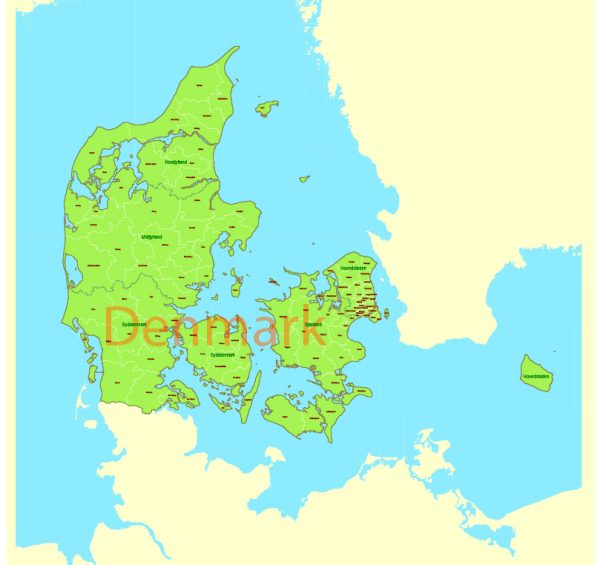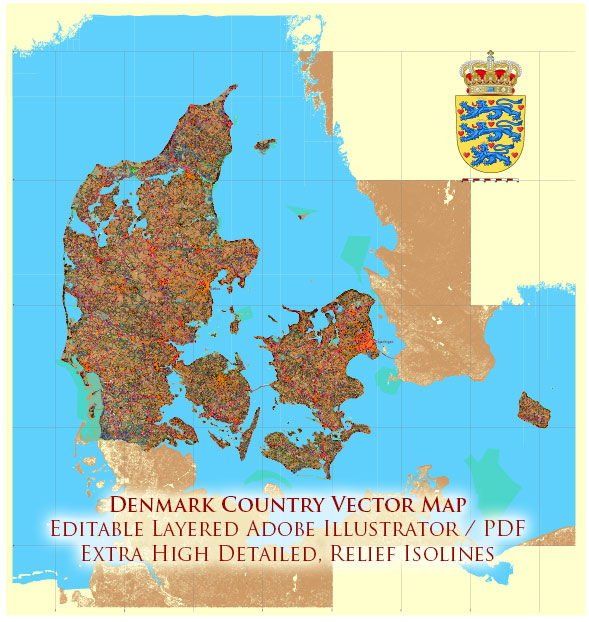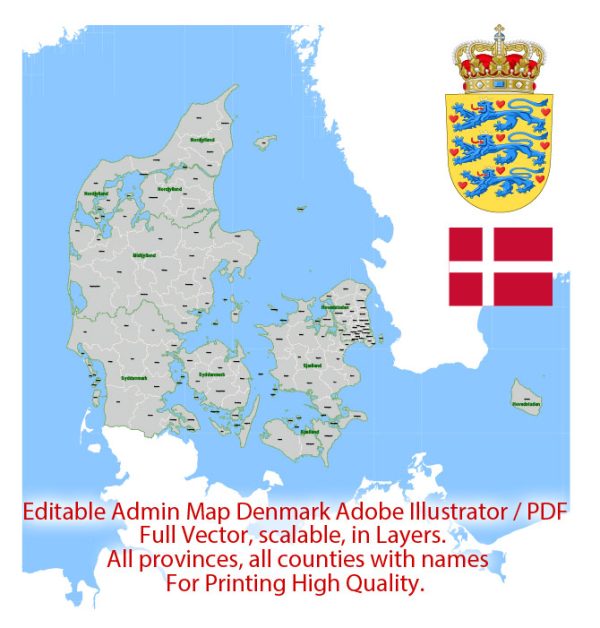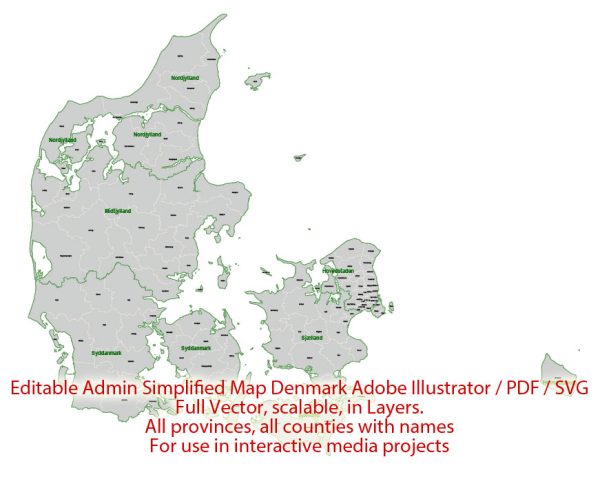Denmark has a rich history of urban development that spans several centuries. The evolution of its cities reflects the country’s political, economic, and social changes. Here is a brief overview of Denmark’s history of urban development:
- Medieval Period (9th-14th centuries):
- Viking Age (9th-11th centuries): Denmark’s urban development during this period was influenced by the Viking Age, characterized by seafaring and trading. Coastal settlements and trading hubs like Hedeby (now in Germany) played a crucial role in connecting Denmark with other parts of Europe.
- Hanseatic League Influence: During the later medieval period, Denmark became a part of the Hanseatic League, a powerful trading alliance. This led to the development of trading towns like Copenhagen, which gradually grew in importance.
- Renaissance and Early Modern Period (15th-18th centuries):
- Copenhagen’s Growth: Copenhagen, originally a fishing village, became the capital of Denmark in the 15th century. The city expanded its trade, administration, and cultural activities during this period.
- Fortifications and Canals: To protect against invasions, cities like Copenhagen and Aarhus were fortified with walls and moats. The construction of canals facilitated transportation and trade.
- 19th Century:
- Industrialization: The 19th century saw industrialization in Denmark, leading to significant urbanization. Cities grew as industries expanded, and the population shifted from rural areas to urban centers.
- Railway Development: The construction of railways improved connectivity between cities, further promoting urban growth and trade.
- 20th Century:
- Modern Urban Planning: In the early 20th century, Denmark witnessed the emergence of modern urban planning. Cities were redesigned with a focus on infrastructure, sanitation, and public spaces.
- Post-World War II Reconstruction: After World War II, Denmark, like many European countries, underwent reconstruction efforts. This period saw the rise of suburbanization and the development of satellite towns around major urban centers.
- Late 20th Century to Present:
- Sustainable Urban Development: In recent decades, Danish cities have been at the forefront of sustainable urban development. Cities like Copenhagen are known for their emphasis on cycling infrastructure, green spaces, and eco-friendly architecture.
- Mixed-Use Development: There has been a shift towards mixed-use development, promoting a combination of residential, commercial, and recreational spaces within city centers.
- Smart Cities: Denmark has embraced smart city concepts, incorporating technology to enhance urban living, improve efficiency, and address environmental challenges.
Overall, Denmark’s history of urban development reflects a dynamic interplay between historical, economic, and societal factors, resulting in modern, well-planned cities that blend tradition with innovation.





 Author: Kirill Shrayber, Ph.D.
Author: Kirill Shrayber, Ph.D.